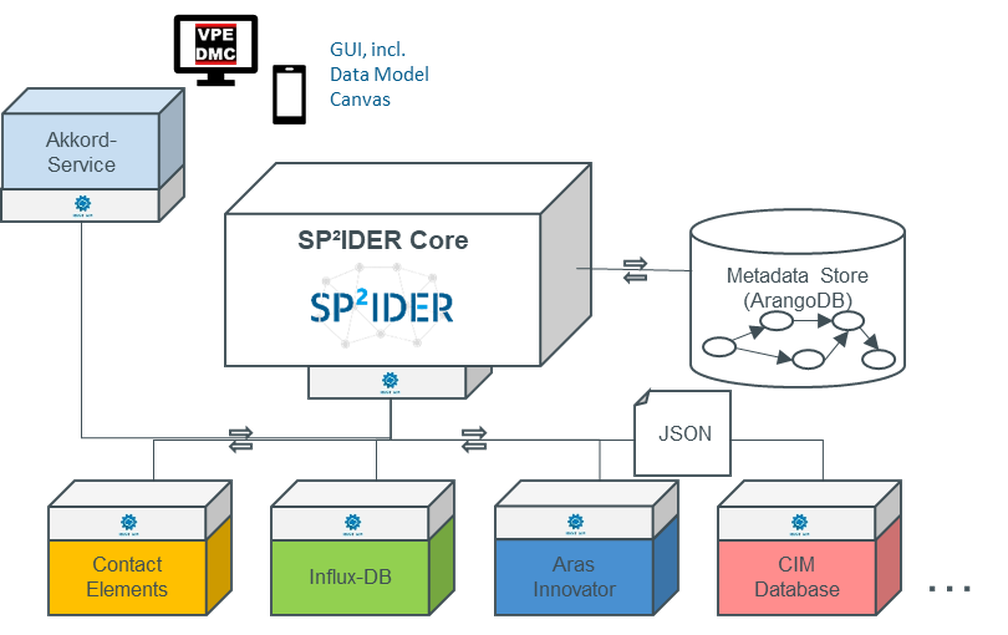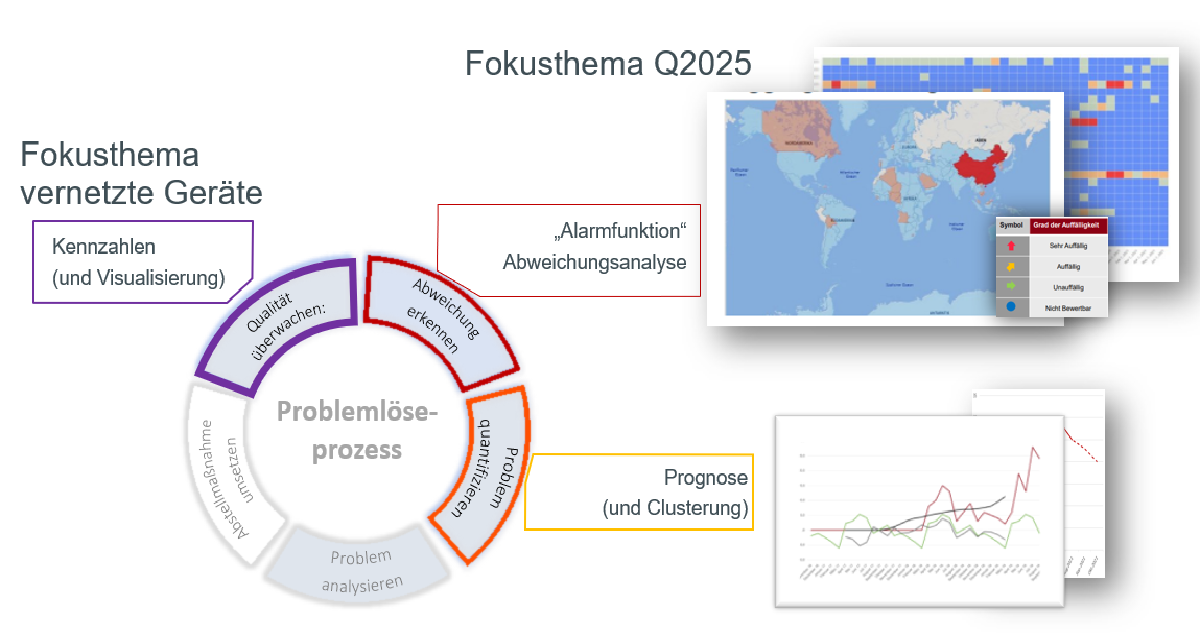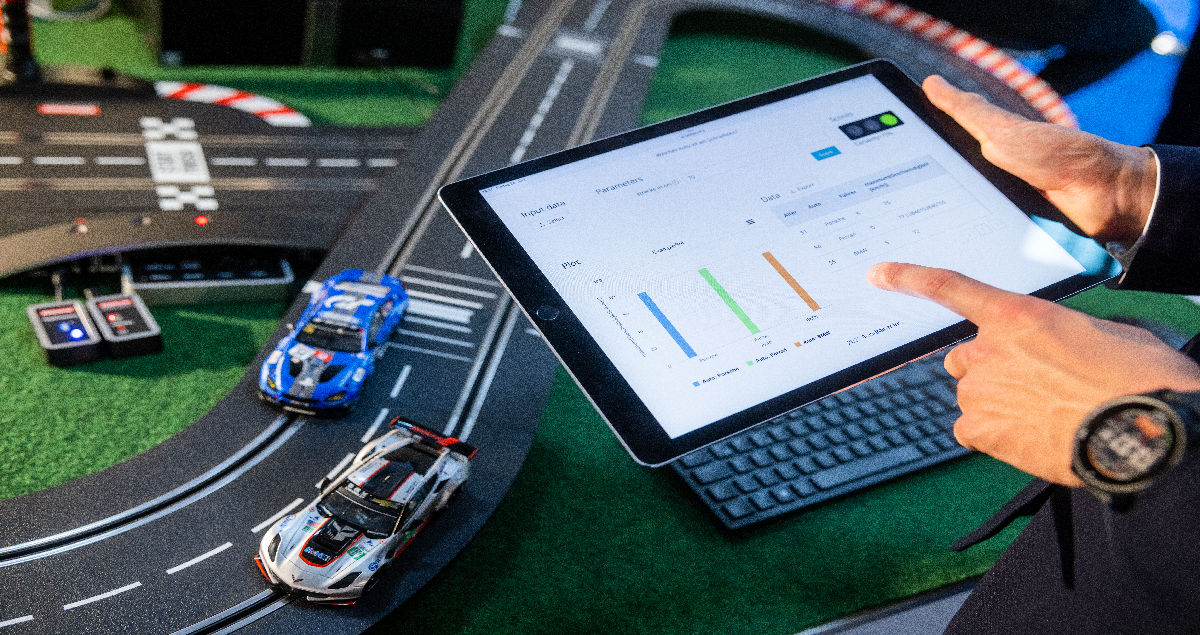Demonstrator: Sentiment Analysis & Business Model Aspects
Goal
The goal of the demonstrator is to draw conclusions about the business model aspects of a company based on customer reviews about their products. More precisely, the mood of the author should be derived from single sentences of the review and which are then mapped against the corresponding business model aspects.
Demonstrator functionality
The demonstrator achieves its goal in a multi-step process. At first, customer reviews for specific products or product categories are acquired via crawler or provided APIs and then stored locally. Then the RoBERTa[1] model is used to run a sentiment analysis on the data. A sentiment analysis derives the mood of an author from sentences by utilizing a multitude of natural language processing tools. In preparation for this, the customer reviews are first split and tokenized via the SoMaJo[2] tokenizer and sentence splitter into single sentences or sentence groups that are coherent in content. Then the sentiment analysis is run against those sentences. The result is a categorization of the sentences and sentence groups into positive, negative or neutral moods. The mood, or score, of the initial review is then the sum of the separate moods.

Fig 1: Sentence based sentiment analysis
The second functionality of the demonstrator, the mapping of reviews and sub-reviews to business model aspects also requires the separation and tokenization of the customer reviews into single sentences or sentence groups. Here, the RoBERTa model is used to perform a multi-class classification to map single sentences to the business model aspects of the business model canvas[3], using a predefined taxonomy. Afterwards, the previously calculated mood of these sentences can then be transitively applied to the mapped business model aspects. Figure 2 shows an example of a review in which the timer function of a washing machine is praised. The demonstrator identified the positive sentiment and successfully derived that it applies to the product itself and therefore is mapped to the product business model aspect. The result is a positive review of the business model aspect product of the corresponding manufacturer.
Furthermore, the overall result is an evaluation of the business model aspects of a company, solely based on text-based customer reviews, which were written on a platform that was not intended for such a precise evaluation.

Result
The demonstrator developed by DFKI in the AKKORD project shows, that language-based analysis methods can be used to extract hidden information from existing customer reviews, independent of the platform that is used or what intentions the author initially had. It was shown that positive feedback can be extracted even from clearly negative reviews.

Fig 3: Business Model Canvas with moods
Integration in RapidMiner Studio and AI Toolbox
The functionality of the demonstrator was implemented in RapidMiner Studio in preparation for the integration into the AI Toolbox. For this purpose, the provided python integration of RapidMiner Studio was utilized. However, the webcrawling functionality was removed as even a single small change in the review platform (e.g., Amazon) can lead to false or no data and is therefore too unpredictable for the integration. Instead, the data can be imported via a .CSV file. Additionally, the implementation was extended to include functionality to exchange the underlying taxonomy. This makes it more generic, which is a requirement for the integration into the AI Toolbox

Fig 4: Integration in RapidMiner Studio
[1] https://huggingface.co/roberta-base
[2] https://github.com/tsproisl/SoMaJo
[3] https://web.archive.org/web/20061213141941/http://business-model-design.blogspot.com/2005/11/what-is-business-model.html





